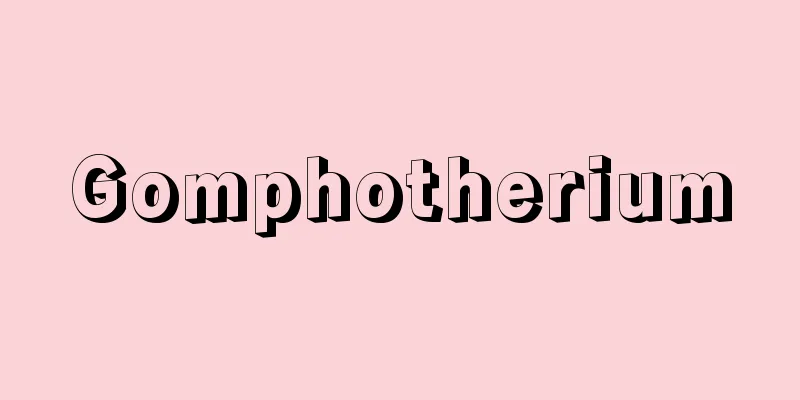Camellia oil (tsubaki oil)

|
A pale yellow non-drying vegetable oil extracted by removing the seed coat from the seeds of Camellia japonica L. and squeezing them. The oil content of the seeds is 30-40% (kernels are 60-65%), the melting point is -15 to -21°C, the specific gravity is d415 = 0.915-0.918, the refractive index is nD20 = 1.4676-1.4696, the saponification value is 188-197, and the iodine value is 73-87. The fatty acid composition is 87% oleic acid, 2% linoleic acid, and 11% saturated acid. It is a specialty of Japan, with the Izu Islands and southern Kyushu being famous production areas. Source: Heibonsha World Encyclopedia, 2nd Edition Information |
|
ツバキCamellia japonica L.の種子から種皮を除き,圧搾法によって採取される淡黄色の植物性不乾性油。種子の含油率は30~40%(核は60~65%),融点-15~-21℃,比重d415=0.915~0.918,屈折率nD20=1.4676~1.4696,ケン化価188~197,ヨウ素価73~87。脂肪酸組成はオレイン酸87%,リノール酸2%,飽和酸11%。日本特産で,伊豆諸島,九州南部が著名産地。
出典 株式会社平凡社世界大百科事典 第2版について 情報 |
>>: Camellia [Hot Spring] - Camellia
Recommend
collegia pietatis (English notation) collegia pietatis
…From this time on, he became familiar with Calvi...
Copernican theory
A model of the universe in which the Earth rotate...
Crane Forest - Kakurin
〘Noun〙 Buddhist term. The place where Shakyamuni p...
Archaebacteria
… Knowledge about the structure and components of...
Digestion
The process of breaking down the nutrients in foo...
Shkapovo
…The annual rainfall is 300-600 mm, and forests c...
Arnaud de Villeneuve
…Spanish alchemical philosopher. French name Arna...
Northern Goshawk (Great Hawk) - Northern Goshawk (English spelling) goshawk
A bird of the order Accipitridae (Accipitridae). W...
Al Black - Al Black
… Brass improved by adding 0.5 to 2% of additive ...
Schott, O. (English spelling) SchottO
…In 1873, he developed a theory of imaging based ...
Dase, JMZ (English spelling) DaseJMZ
...However, prodigies with extraordinary mental a...
Leaf Yellowing Record - Youkouki
Also known as Hazenki. This is the diary of Gon Ch...
Yamato [town] - Yamato
A former town in Yama District, northwest Fukushim...
This work's walking style
From the end of the Edo period to the Meiji era, a...
Kanebo Acrylic
…In Japan, seven companies produce acrylic fibers...









